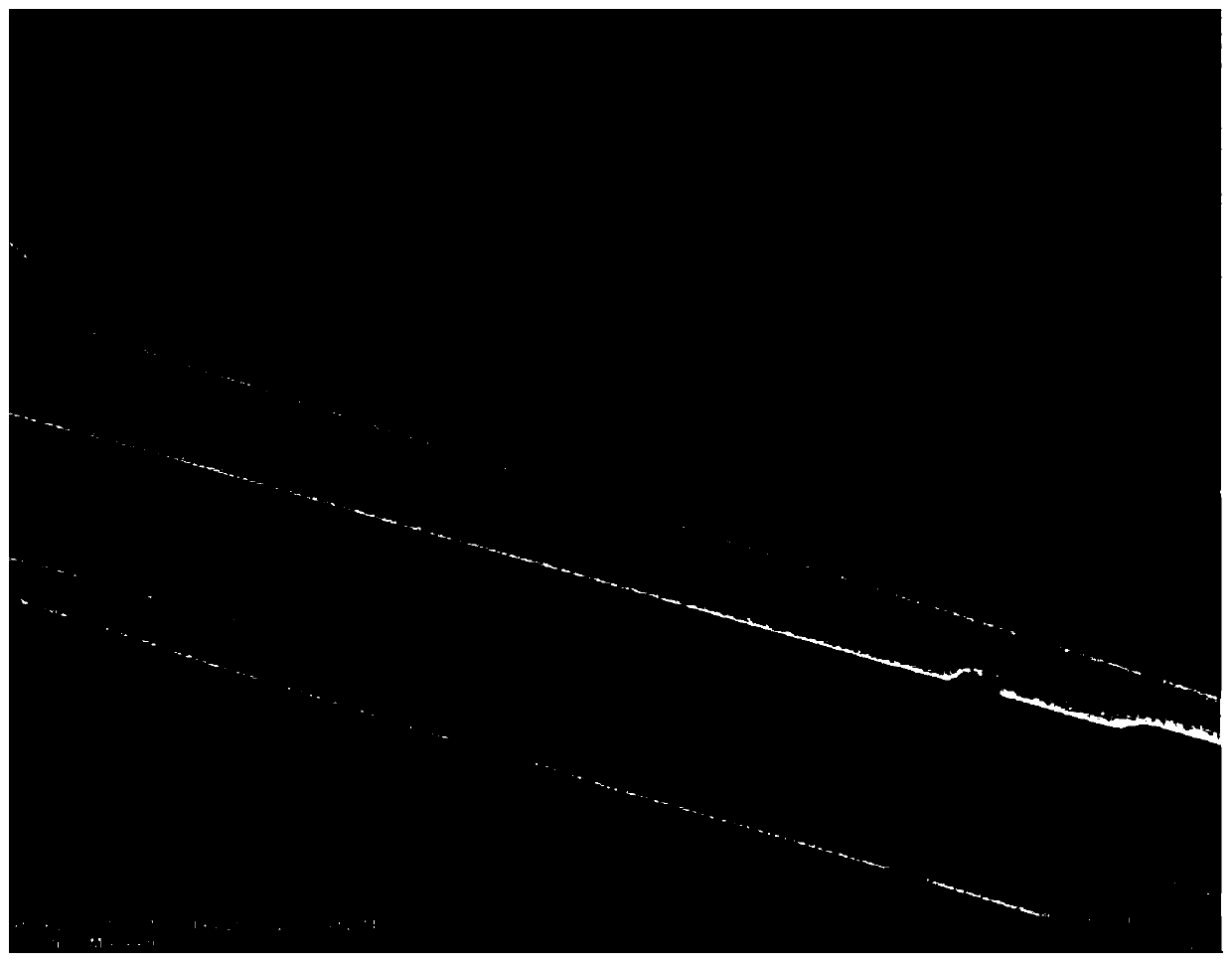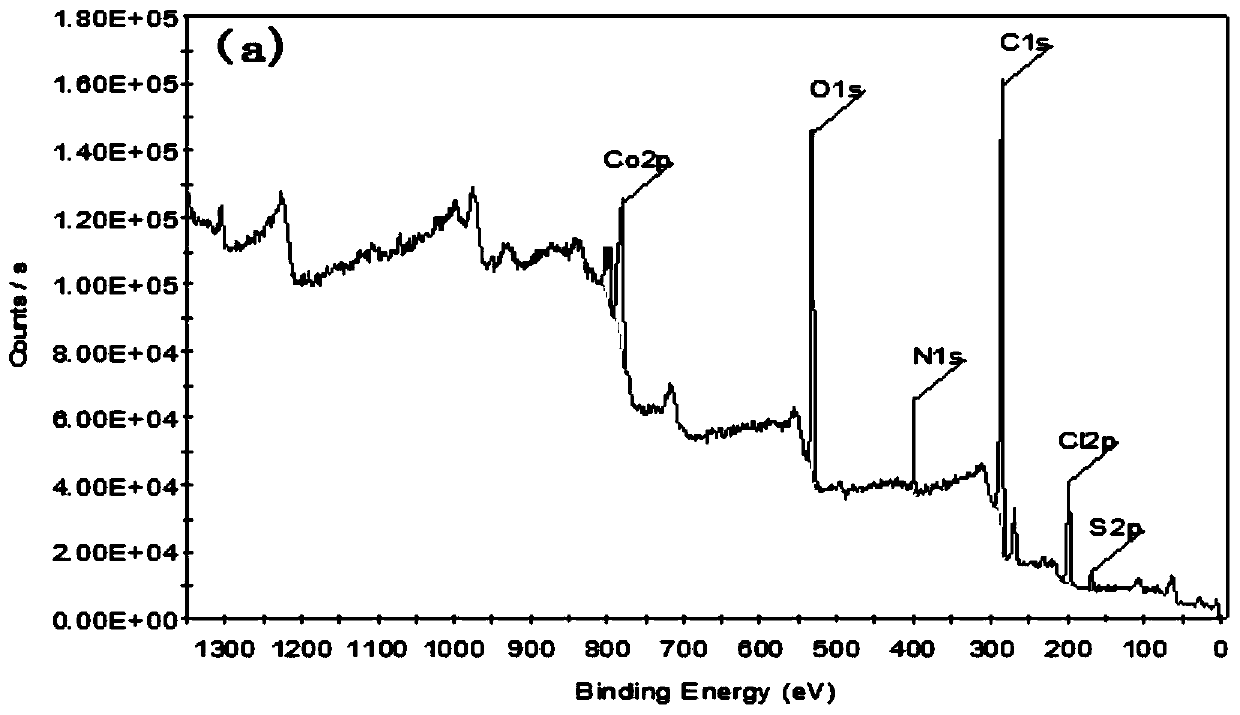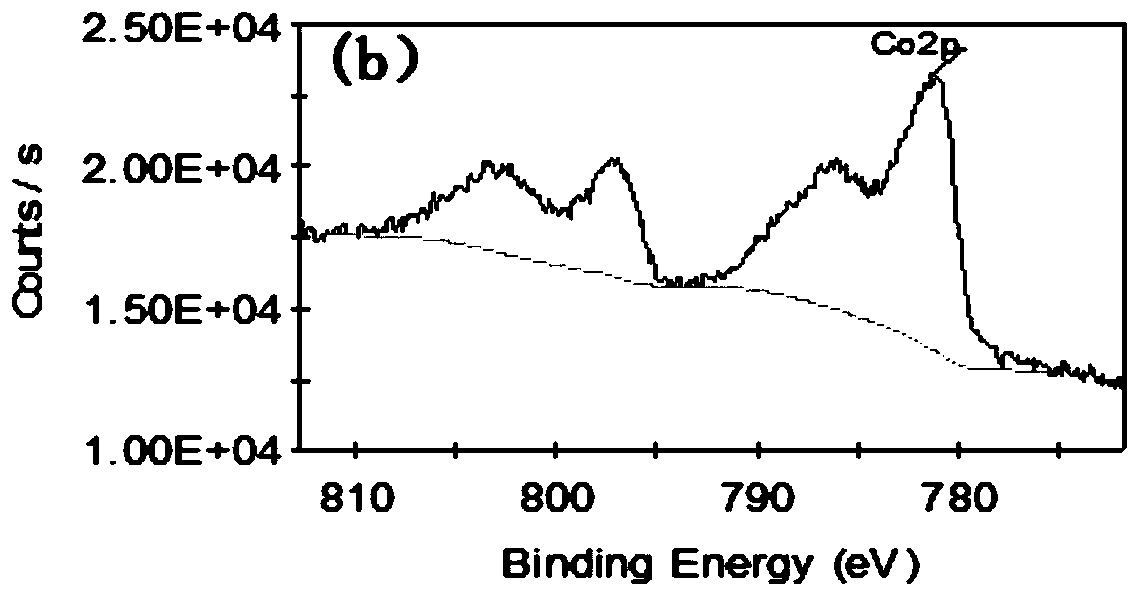Method for quantitatively detecting hydroquinone by utilizing cobalt-based metal organic gel to catalyze luminescence of Luminol-hydrogen peroxide
A gel-catalyzed luminol and hydroquinone technology, applied in the field of detection, can solve the problems of low efficiency and limited development, and achieve the effect of large surface area, high sensitivity and wide linear range
- Summary
- Abstract
- Description
- Claims
- Application Information
AI Technical Summary
Problems solved by technology
Method used
Image
Examples
Embodiment 1
[0034] A preparation method of cobalt (II)-based metal organogel, comprising the steps of: dissolving 13.4 mg 1,10-phenanthroline-2,9-dicarboxylic acid (PDA) in 250 μL dimethyl sulfoxide (DMSO) , the solution was placed in a glass vial, then, 250 μL, 0.2M cobalt chloride (CoCl 2 ) aqueous solution was added in the vial, and at room temperature, an opaque white cobalt (II)-based metal-organic gel could be observed to form within 60 seconds. It was characterized by TEM, XPS and infrared, and the results were as follows: figure 1 , figure 2 , image 3 As shown, it can be seen from each figure that the cobalt(II)-based metal organogel was successfully prepared. The Co-MOG prepared by the invention can be stored stably for several months in a sealed vial at room temperature.
[0035] Using IFFM-E flow injection chemiluminescence analyzer, its structure is as follows Figure 4 shown. Mix 1mM hydrogen peroxide solution, 1mM luminol solution and 30μM Co-MOG solution into the six...
Embodiment 2
[0048] A method for quantitatively detecting hydroquinone by catalyzing luminol-hydrogen peroxide luminescence using a cobalt-based metal organogel, comprising the following steps:
[0049] (1) Enter the IFFM-E flow injection chemiluminescence analyzer into the IFFM-E flow injection chemiluminescence analyzer to measure the chemiluminescence signal intensity respectively with aqueous hydrogen peroxide solution, hydroquinone aqueous solution of different concentrations, luminol solution, and cobalt-based metal organogel solution; The concentration of the aqueous hydrogen peroxide solution is 1000 μM; the concentration of the luminol solution is 1000 μM; the concentration of the cobalt-based metal organogel solution is 30 μM; the aqueous hydrogen peroxide solution, hydroquinone solution, luminol The injection volumes of the solution and the cobalt-based metal-organic gel solution were both 50 μL; the concentrations of the aqueous hydroquinone solutions were 10 μM, 100 μM, 200 μM,...
Embodiment 3
[0055] Interfering experiment for quantitative detection of hydroquinone by luminescence of luminol-hydrogen peroxide catalyzed by cobalt-based metal organogel
[0056] Put the mixed solution of hydrogen peroxide and interfering substances, luminol solution, Co-MOG solution, and hydroquinone aqueous solution into the IFFM-E flow injection chemiluminescence analyzer to measure the intensity of chemiluminescent signal. The interfering substances are NaCl, KCl, respectively. 、Na 2 CO 3 , NaHCO 3 , NaBr, K 3 PO 4 , the mixed solution of hydrogen peroxide and interfering substances is obtained by mixing an aqueous hydrogen peroxide solution with a concentration of 2 mM and an aqueous solution of interfering substances with a concentration of 2 mM according to a volume ratio of 1:1; the concentration of the Co-MOG solution is 30 μM; The concentration of luminol solution is 1000 μM; the concentration of hydroquinone aqueous solution is 100 μM; the pH of the 0.1M carbonate buffer ...
PUM
 Login to View More
Login to View More Abstract
Description
Claims
Application Information
 Login to View More
Login to View More - R&D
- Intellectual Property
- Life Sciences
- Materials
- Tech Scout
- Unparalleled Data Quality
- Higher Quality Content
- 60% Fewer Hallucinations
Browse by: Latest US Patents, China's latest patents, Technical Efficacy Thesaurus, Application Domain, Technology Topic, Popular Technical Reports.
© 2025 PatSnap. All rights reserved.Legal|Privacy policy|Modern Slavery Act Transparency Statement|Sitemap|About US| Contact US: help@patsnap.com



